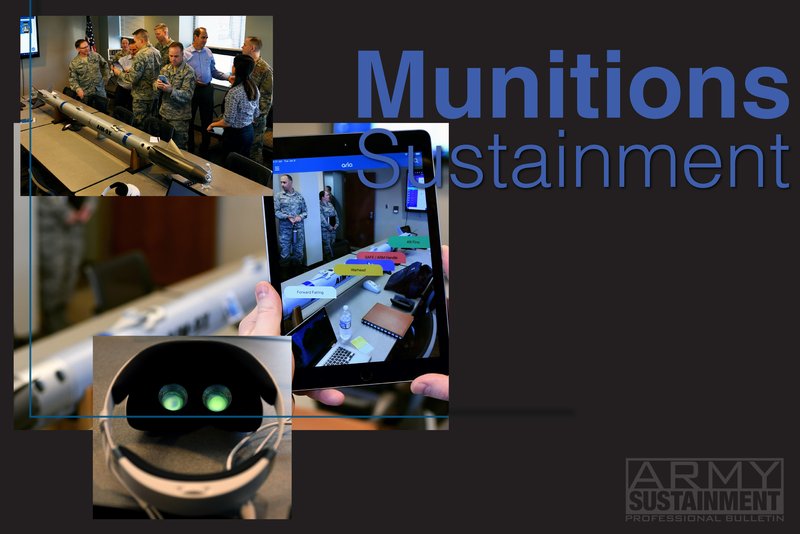In today’s rapidly evolving technological landscape, the intersection of national security technologies and leadership decision-making presents both unprecedented opportunities and complex challenges. As someone who’s spent years analyzing these intersections, I find that many business leaders struggle to understand how national security frameworks like those established by the Bureau of Industry and Security (BIS) actually impact their day-to-day operations and strategic planning.
The BIS operates with a clear mission: advancing U.S. national security, foreign policy, and economic objectives through effective export controls while promoting continued U.S. strategic technology leadership. But what does this mean in practical terms for organizations navigating the modern tech ecosystem?
Leadership – The Dual-Use Dilemma
Most technologies developed today exist in a gray area of “dual-use” potential – they serve legitimate commercial purposes while simultaneously carrying potential national security implications. This reality places tremendous responsibility on tech leaders who must now consider not just market applications but also security ramifications.
Consider artificial intelligence. The BIS recently revised the Export Administration Regulations (EAR) controls on advanced computing integrated circuits and added new controls on AI model weights for certain advanced dual-use AI models. For AI leaders, this means navigating a complex regulatory environment where their innovations must be assessed through both commercial and national security lenses.
“Technology leadership today requires a sophisticated understanding of security implications that simply wasn’t necessary a decade ago,” notes Dr. Eleanor Weiss, cybersecurity policy advisor. “The most successful tech executives have developed frameworks for assessing their innovations through multiple lenses simultaneously.”

Supply Chain Security as Leadership Imperative
The BIS has increasingly focused on securing information and communications technology supply chains, particularly in critical areas like connected vehicles and unmanned aircraft systems. These regulations reflect a growing recognition that supply chain integrity represents a fundamental security concern.
For organizational leaders, this shift demands a more comprehensive approach to vendor relationships and technology acquisition. The days of procurement decisions based solely on price and performance are long gone. Today’s leaders must integrate security considerations into every aspect of their supply chain strategy.
This evolution has created what I call the “security-conscious procurement paradigm” – an approach where security considerations are baked into acquisition processes from the outset rather than bolted on as an afterthought. Organizations that excel at this integration gain both competitive advantages and regulatory compliance benefits.
Strategic Technology Leadership in Practice
The BIS explicitly mentions promoting “continued U.S. strategic technology leadership” as a core mission component. This phrase encapsulates a nuanced balancing act that today’s tech leaders must master – driving innovation while respecting security boundaries.
Effective technology leadership in this environment requires:
-
Anticipatory compliance frameworks – Building structures that don’t just meet current regulations but anticipate future regulatory directions
-
Security-by-design principles – Embedding security considerations at the earliest stages of technology development rather than as downstream considerations
-
Multi-stakeholder engagement – Creating ongoing dialogues with regulatory bodies, security experts, and industry peers to maintain awareness of evolving concerns
-
Ethical innovation guardrails – Establishing clear boundaries for technology development that incorporate both legal requirements and ethical considerations
“The organizations that thrive in this environment see security not as a constraint but as a differentiator,” explains Marcus Chen, CTO of a defense technology company. “They recognize that building trust through security-conscious leadership creates long-term advantages even if it occasionally slows immediate development.”

Leadership – Navigating International Complexity
The international dimension of technology leadership presents additional complexity. The BIS actively coordinates with international partners, as evidenced by recent implementations of controls on advanced technologies consistent with international agreements and Australia Group decisions.
For leaders operating in global markets, this coordination creates both challenges and opportunities. Understanding the alignment (and occasional divergence) between U.S. security frameworks and international approaches allows savvy executives to navigate global markets more effectively.
This requires developing what I call “regulatory intelligence” – the capacity to anticipate how national security considerations will shape technology regulations across different jurisdictions and proactively position your organization accordingly.
The intersection of national security technologies and leadership represents one of the most dynamic and consequential areas of modern business strategy. Those who master this balance – driving innovation while respecting legitimate security considerations – will define the next generation of technology leadership. The true art lies not in seeing these requirements as obstacles but as opportunities to build more trustworthy, resilient, and ultimately successful technology organizations.



